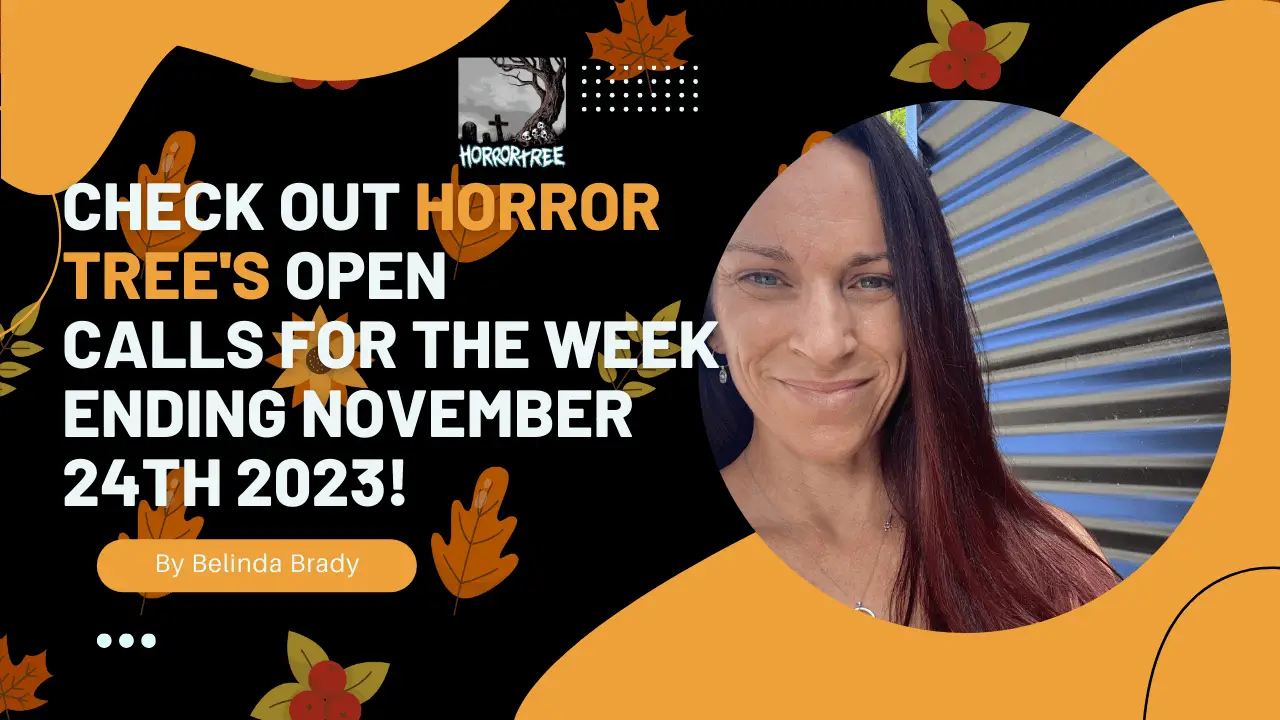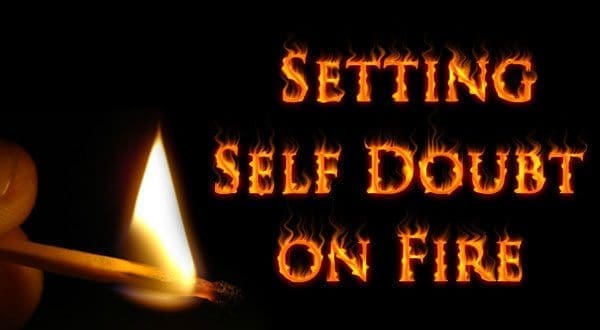Systemic Injustice in Contemporary Horror: How It’s Used and What to Take Away As a Writer

Systemic Injustice in Contemporary Horror: How It’s Used and What to Take Away As a Writer
Since the blockbuster success of Get Out, systemic injustice has become an increasingly prevalent theme in modern horror. And while certainly present in the genre prior to this era, 2016-2017 was when race, class, mental health, and other issues of systemic oppression really rose to prominence. Since then, we’ve gotten a wealth of horror stories tackling these issues from numerous angles — with varying degrees of success.
In theory, systemic injustice is a fantastic wellspring of horror material: it’s not just upsetting, but all too real. Any horror writer worth their salt knows that great horror taps into common fears, and inequality and discrimination are sadly some of the most common sources of despair, anger, and yes, terror in today’s world.
But just because someone recognizes a social justice issue, doesn’t mean they’ll address it effectively in their work; in fact, often the opposite is true. Storytellers’ eagerness to capitalize on “topical” issues can lead to problems ranging from clumsy commentary to deeply insensitive implications — and intentional or not, neither the audience experience nor the resulting optics are exactly ideal.
That’s why the rest of this post will unpack the most common themes of systemic injustice in recent horror stories, with advice on how to avoid potential mistakes… because if there’s one thing you don’t want as a horror writer, it’s to accidentally become the villain.
The issues at hand: racism, economic division, mental health
Arguably the most powerful displays of systemic injustice in contemporary horror have to do with racism, especially in the United States. Jordan Peele has done a masterful job with this material — on top of Get Out, he’s produced the horror series Lovecraft Country and the film Candyman, both of which deal with institutional racism in America (Lovecraft Country is set in the 1950s with Jim Crow laws still intact; Candyman tackles racial bias and police brutality).
While this intersection of race and horror has become Peele’s trademark sphere, other creators are adding to it all the time — and not just his accomplished collaborators like Misha Green and Nia DaCosta. There’s also been a recent surge of Black historical horror, like the Amazon Prime series Them, which takes place during the Second Great Migration in America, and the 2020 film Antebellum, a Kindred-esque story in which a 21st-century woman is transported back to a 19th-century slave plantation (more on the mixed reception of these in a bit).
Literature has been a bit slower on the uptake — perhaps because it already had something of a “race horror” movement with Octavia Butler and Toni Morrison — but authors like Stephen Graham Jones, Silvia Moreno-Garcia, and Zakiya Dalila Harris show that there’s plenty more potential. Jones’s Mongrels and Moreno-Garcia’s Mexican Gothic offer up incisive takes on systemic racism, with the latter tackling colonialism and eugenics for an even wider-reaching critique. And Harris’s The Other Black Girl, with its meta commentary on racial tokenism in publishing, has become one of the most-discussed horror books of 2021.
Racial injustice isn’t the only social issue at play in contemporary horror, however; we’ve also started seeing many more stories about socioeconomic inequality. The obvious example here is Bong Joon-ho’s 2019 blockbuster Parasite, a dark thriller that sheds unflinching light on class disparity in South Korea. Netflix’s recent Squid Game tackles the same subject with an even more dystopian twist — one that’s clearly resonated with viewers.
The extreme wealth gap in South Korea makes for rich storytelling ground, but South Korean creators aren’t the only ones to have addressed the issue in horror. Going back to Jordan Peele, the 2019 film Us presents a compelling allegory about class and social mobility: the “surface” characters are privileged, and their Tethered equivalents disadvantaged, by random chance — and the latter can only spark change through violent revolution. Other horror creators have incorporated economic inequality in their work in subtler ways (outcast characters in Stephen King novels come to mind); but in truth, it seems the best is still to come with this theme.
The same is true for mental health issues — which, similar to economic difficulties, can drive people to terrible acts through no fault of their own. Unfortunately, mental health representation in horror has historically been pretty dismal: characters have often been depicted as “crazy” for no apparent reason, or rejecting help so the audience will see them as culpable. Only recently has horror begun to show mental health struggles with greater nuance, placing more blame on external factors and society than on the affected individuals.
Midsommar is an especially powerful example of this kind of horror, centering on a depressed, vulnerable young woman who’s sucked into a nightmarish cult because she has literally nowhere else to turn. Another great example is The Babadook, in which grief manifests as something external that haunts the main character — eventually possessing her and affecting her behavior, but in a way that makes clear that her depression is not her fault.
Again, it seems we’re only at the outset of more horror involving these issues, which is good news for creators and consumers alike. But with so much opportunity to explore inequality and discrimination in horror, the need for caution is also greater than ever — especially as authors and filmmakers continue to demonstrate that even the best intentions can go awry.
What not to do as a storyteller
It’s important that writers follow their convictions; if you feel an issue is important to address, and you feel prepared to address it thoughtfully, you may have to accept that some people will find it controversial. However, there’s a big difference between taking a calculated risk vs. plunging ahead without considering the implications of your work.
This list should help with the second part. For horror that’s impactful without becoming insensitive, make sure you do not:
- Equate effective imagery with trauma porn. Haunting imagery is a crucial part of horror — what the audience sees, or the reader imagines, should affect them deeply. But some creators hit too close to home, producing scenes that aren’t merely haunting, but genuinely traumatizing for those who know the history or real-life events behind them. Many scenes like this in a piece of work compound the harm even further, and are rightly criticized as gratuitous and exploitative.
In fact, both of the racially charged historical thrillers mentioned above, Them and Antebellum, have faced this criticism for their extreme depictions of violence against Black people. A number of critics claim that, while racist attitudes and even some violence might be historically accurate for their eras, these works lean far too heavily into Black suffering for shock value — essentially, that the intended effect is not worth the real-life trauma.
Them in particular has been lambasted as a Jordan Peele rip-off with harsher imagery, clumsier messaging, and much less to offer than Peele’s nuanced ruminations on race. It’s a strong cautionary tale for creators who think they can tap into the zeitgeist without doing the work required to handle complex subject matter… which leads nicely into our next mistake to avoid.
- Accidentally send a problematic message. Not all bad horror hits you over the head with gratuitous violence against a marginalized group; sometimes you have to think a little harder. But when a problematic allegory does emerge, it can leave audiences just as appalled.
Such was the case with the 2016 horror film Lights Out, which involves a sinister figure called Diana who terrorizes the film’s characters every time they turn off the lights. Diana maintains her presence through a connection to Sophie, a real woman who also happens to have depression. As the film unfolds, the characters accuse Sophie of enabling Diana, with tensions rising and Diana becoming increasingly violent — until at last, in the film’s climax, Sophie kills herself to banish Diana once and for all.
It doesn’t even take much reflection to conclude that Diana is a Babadook-like metaphor for Sophie’s depression. By extension, the film victim-blames Sophie for “letting” her condition affect others — and ends in a way that’s truly unforgivable, implying depressed people should just kill themselves to save their friends and family the trouble. While director David F. Sandberg has since debunked this interpretation, claiming that Diana is just a ghost and shouldn’t be seen as more, the film’s damage was already done.
This is why horror creators must consider every possible interpretation of their work — even and especially the negative ones — before settling upon a final arc. Intent is irrelevant when one’s audience can easily jump to a different conclusion, and you don’t want your horror story to accidentally attack or belittle the very people you want to represent.
- Shoehorn in an issue for topical brownie points. This last mistake does less damage than the other two, but it’s seemingly becoming more common in horror, so it’s still worth noting. And it also relates to the idea of trying to capitalize on what’s relevant — basically, this last thing you’ll want to avoid is squeezing a social issue into your story that doesn’t really belong.
You’ll often see this in episodic horror stories where the “smaller” issue can be resolved quickly, but it’s starting to happen more in horror books (and horror-adjacent books) where authors use them as subplot fodder. For example, Leigh Bardugo’s Ninth House does a compelling job with its central theme of institutional power being abused. However, Bardugo also slips in scenes of individual subjugation that don’t quite mesh this larger theme — most notably, when the main character’s roommate is sexually assaulted at a party.
It does seem like this should tie in more neatly with the main plot, and perhaps that was the author’s intention. But in execution, it’s only a tangent for our protagonist as she exacts revenge on the perpetrator — which, while satisfying on some level, neither justifies the inclusion of the assault itself nor feels especially authentic. In other words, Bardugo could have left out the SA issue altogether without detracting from the story; the conclusion one draws is that she may have only thrown it in for a topical subplot.
Truly, if there’s anything to take away from all this, it’s that you can’t fake your way into nuanced, meaningful horror; you can’t just take the social issue du jour, sprinkle in a murder or two, and call it a day. Instead, you need to think carefully about what you want to say about which issue, and how you’ll do so without exploiting the people it actually affects.
That’s not to say it can’t be done — only that it will take hard work. But if you genuinely care about the issue(s) you’re tackling, and you’re willing to put in the time and effort to do it right, then who knows: you might just become the next Jordan Peele of your very own horror niche.












